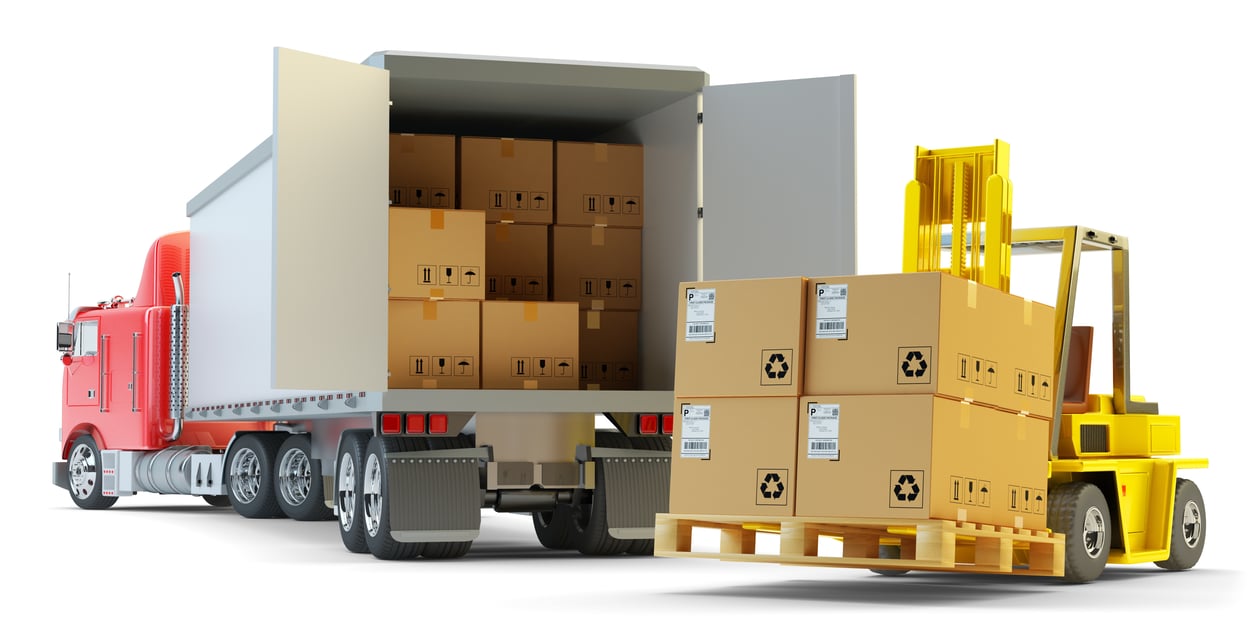
What Are LTL NMFC Codes
The National Motor Freight Traffic Association (NMFTA) created the National Motor Freight Classification (NMFC) tariff to classify all commodities into 18 different freight classes between 50 and 500.
The NMFC freight classification was established to set a standard when setting less-than-truckload (LTL) shipping rates for all commodities moving interstate, intrastate and foreign commerce.
NMFC Freight Classifications Based on Four Characteristics:
The NMFC is based on the below commodity characteristics to establish a commodity’s “transportability”. The basis of the four characteristics is to provide shippers and freight providers, whether asset or non-asset, a means to negotiate the rates and level of liability the motor carrier will accept.
-
Density
- Weight per cubic foot of each piece of freight.
-
Freight Stowability
- Product’s ease of loading and ability to fit well with other products in the trailer.
-
Ease of Handling
- Addresses special handling requirements because product is fragile, hazardous or have other properties that could affect product in a negative manager.
-
Liability
- Covers value of the product, possibility of theft or damage to other product loaded in the trailer.
Class Examples Weight Per Cubic Foot
Class 50 Fits on standard shrink-wrapped 4X4 pallet, very durable over 50 lbs
Class 55 Bricks, cement, mortar, hardwood flooring 35-50 pounds
Class 60 Car accessories & car parts 30-35 pounds
Class 65 Bottled beverages, books in boxes 22.5-30 pounds
Class 70 Food items, automobile engines 15 to 22.5 pounds
Class 77.5 Tires, bathroom fixtures 13.5 to 15 pounds
Class 85 Crated machinery, cast iron stoves 12-13.5 pounds
Class 92.5 Computers, monitors, refrigerators 10.5-12 pounds
Class 100 Boat covers, car covers, canvas, wine cases, caskets 9-10.5 pounds
Class 110 Cabinets, framed artwork, table saw 8-9 pounds
Class 125 Small Household appliances 7-8 pounds
Class 150 Auto sheet metal parts, bookcases 6-7 pounds
Class 175 Clothing, couches stuffed furniture 5-6 pounds
Class 200 Auto sheet metal parts, aircraft parts, packaged mattresses 4-5 pounds
Class 250 Bamboo furniture, mattress and box spring, plasma TV 3-4 pounds
Class 300 Wood cabinets, tables, chairs, model boats 2-3 pounds
Class 400 Deer antlers 1-2 pounds
Class 500 Low Density or High Value bags of gold dust, ping pong balls Less than 1 lbs.
The NMFC link provided here is the full document outlining in details on the classification of freight.
It is critical for shippers to properly classify freight from the start. If an LTL shipment is incorrectly classified, the LTL motor carrier will and disputing the class is difficult and time-consuming.
Also, it is important for shippers to know that the NMFC classification establishes the liability coverage the LTL motor carrier is providing for the freight they move for them, which is a surprise to many when they find the freight cargo coverage is based on a price per pound versus the actual value of the shipment.
Quite often LTL motor carriers will negotiate one FAK (freight-all-kinds) rate for shippers that have commodities that run across several commodity NMFC codes to simplify invoicing, but again shippers need to pay attention to the cargo liability coverage.
Additional Articles of Interest:
- Best LTL Companies (And How to Choose)
- Freight Costs: An Insider’s Look on Freight Pricing Buyers Should Know
- Top 10 Benefits of LTL Freight Consolidation and How-to Implement
- Less-than-Truckload (LTL) Defined in 100 Words
- Freight Cargo Insurance Policy Types Explained
- Carmack Amendment Explained in Detail
If you're ready to take the next step, at InTek Freight & Logistics, we can help. Just tell us what you need and we'll discuss how our expertise can help with the unique shipping challenges your business faces. Rather do a bit more research first? View our Freight Guides for comprehensive articles and eBooks on all things freight and logistics.
Get Updates
Featured Articles
Categories
- Freight & Shipping Costs (54)
- Freight Broker (60)
- Freight Forwarder (2)
- Intermodal Transportation (184)
- International & Cross Border Logistics (43)
- Logistics & Supply Chain (420)
- Logistics Service Provider (77)
- LTL (39)
- Managed TMS (49)
- News (39)
- Supply Chain Sustainability (12)
- Transportation Management System (37)
- Truckload (122)
- Warehousing & Distribution (50)




